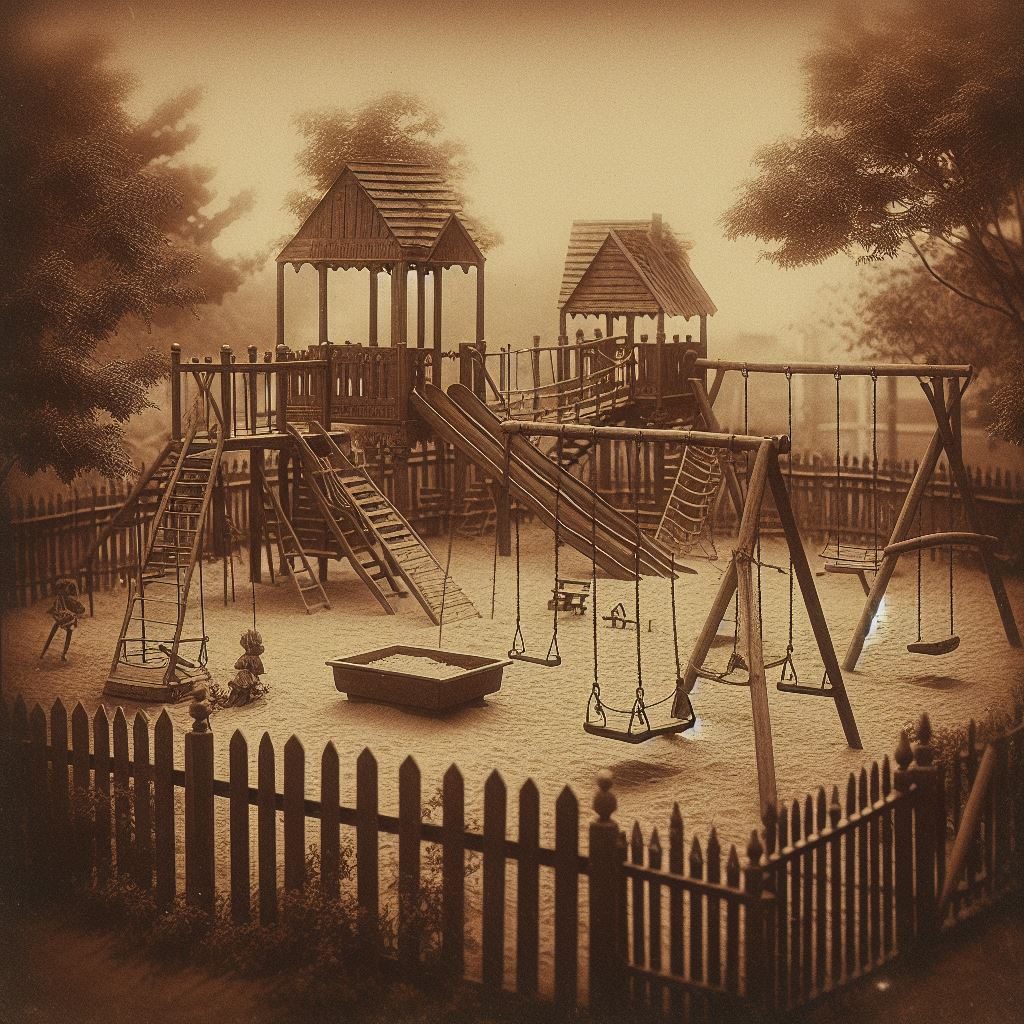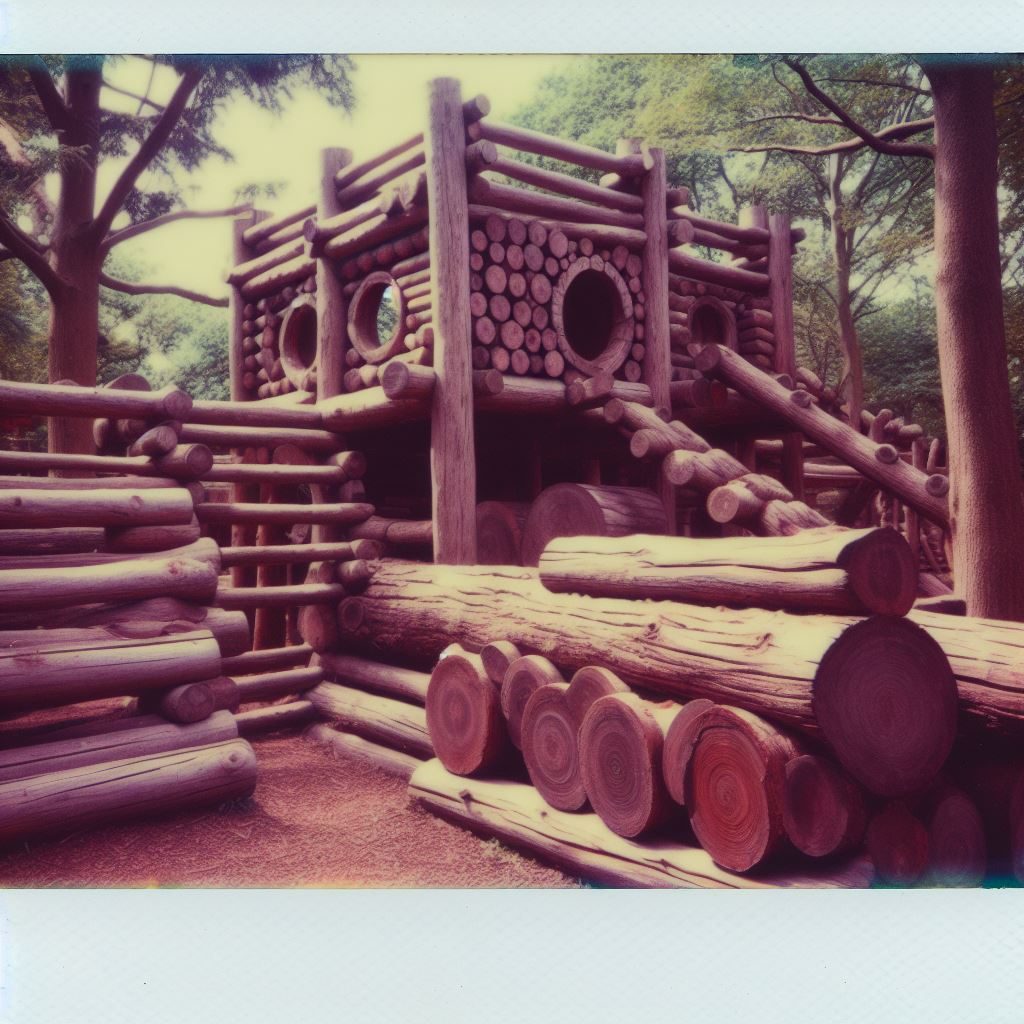
Table of Contents
Program history is something early learning organizations should include in their operating handbooks. This post examines why, what to share, and tips for writing such a history.
Why Share A Program’s History?
Here are 3 reasons to share your program history in you operating handbook:
- Highlights Growth And Stability—Knowing the roots of an early learning program provides parents, educators, administrators, and other stakeholders with a contextual understanding of its evolution. How has the program changed over time? What challenges has it overcome? These insights help in appreciating the program’s journey and its response to changing educational needs.
- Builds Identity And Culture—Sharing the history of an early learning program helps establish its unique identity and culture. Sharing the program’s values, milestones, and challenges helps foster a sense of belonging among staff, students, and families. It creates a shared narrative that binds the community together.
- Establishes Trust And Credibility—A transparent account of its history builds trust and credibility, demonstrating a commitment to openness and accountability.
What To Include
Here are 5 categories of information to consider including in your program’s history:
- Milestones And Achievements—Consider documenting key milestones, achievements, and notable events that have shaped the program.
- Changes And Adaptations—Outline significant changes or adaptations the program has undergone, such as curriculum changes, philosophical shifts, or facility expansions.
- Challenges And Adversity—Be candid about the challenges faced by the program over its history and how it overcame them. Discussing obstacles highlights a culture of resilience and problem-solving.
- Personal Profiles—Introduce key individuals who have participated in the program’s history, such as founders, long-serving educators, community leaders who have supported the program, and former students. This personal touch adds depth to the narrative and underscores the program’s significance.
- Community Engagement—Describe the program’s relationship with the local community. How has it contributed to community development, and how has the community shaped the program?
Writing Tips
Here are 4 things to consider when composing your program history:
- Consider Chronological Storytelling—Chronologically Organizing the history provides a clear timeline of the program’s evolution. This structure helps readers follow the narrative easily, from the founding vision to the present day.
- Share Anecdotes And Personal Stories—Incorporating anecdotes and personal stories humanizes the history. Share heartwarming or inspiring stories about educators, students, and other program community members. Such inclusions add a relatable and emotional dimension to the narrative.
- Include Visuals—Integrating visuals such as photographs, illustrations, and timelines breaks up the text and makes the history visually appealing. Historic visual elements capture attention and provide a tangible connection to the past.
- Use Clear And Concise Language—Keep the language clear, concise, and accessible. Avoid jargon or overly complex terms that may hinder understanding.
Real-World Sample Policies
NOTE: The following samples are real-world examples relating to this post’s topic and are provided as a reference for creating your own policies and procedures. Sharing them here is not a recommendation of their content.
This post is intended to spark reflection and suggest ways of addressing the topic covered when writing or updating policies and procedures. Your policies and procedures should be written to meet your program’s needs and unique circumstances.
Browse More Policy & Procedure Resources Here
Sample 1
Sant Bani School was founded in 1973 as an elementary school with six students and rapidly grew to include a high school. Due to changing demographics, the high school closed at the end of the 2014-15 school year and SBS is refocused on being a best-in-class K-8 program; Little Swans pre-school was added in 2017. Initially an outgrowth of Sant Bani Ashram, a spiritual retreat center, the School became an independent organization in 1983. Sant Bani School provides a high- level, comprehensive educational experience while also recognizing the value of the spirit and the unique gifts each member of the school community brings. While the School and the Ashram are separate organizations, they continue to coexist harmoniously as neighbors. Sant Bani School does not apply pressure on anyone to accept a certain set of beliefs. Students and faculty of all backgrounds are welcome. In fact, one of the School’s founding principles is that truth can thrive only when there is freedom of thought and expression. (0118)
Sample 2
Montrose Child Care Centre is a not-for-profit daycare located in Montrose Public School since 1992. The centre was established as Montrose Infant Care in 1981 by the Toronto Board of Education to serve the needs of teen parents attending the Toronto Board of Education schools. As a result of declining demand from the student parents, the centre closed in 1986. In April 1988, the centre was reopened with a new mandate to serve the surrounding community, providing both full fee and subsidized spaces, as well as continuing to serve the needs of student parents. Four years later, the centre’s name was changed to Montrose Child Care Centre (MCCC), reflecting the expanding scope of the daycare. (0070)
Sample 3
LilyPad Learning Center opened in February 2006 and consisted of just three classrooms; infants/toddlers, two-year-olds, and three- to five-year-olds. Just a year after LilyPad first opened its doors, in February 2007, the center nearly doubled its square footage and, shortly thereafter, its enrollment, with the addition of two classrooms. In May 2007, LilyPad launched its full-time school-age summer program. On November 30, 2009 LilyPad opened the doors to its custom-built center, with eight classrooms filled by children from six weeks up to 12 years of age. In 2013, LilyPad opened their doors at LilyPad on Main. On July 2, 2018, LilyPad @ Research Park opened after being selected by the Research Park to bring the program to the Ames community. In January 2022, After School at The Hangar was opened as an expansion for the school-age program. (0060)
Sample 4
Flanders Valley Country Day School is a for – profit corporation, founded in March, 2005, by Aimee Krewinski. Miss Aimee started Flanders Valley in order to provide parents with a childcare facility that they could trust and feel secure about the care their child is receiving. Flanders Valley Country Day School is continuously being evaluated and improved. Our program is committed to continual program improvement. (0043)
Sample Program History
This sample program history for the fictitious Playvolution Child Care Institute incorporates the above considerations.
Program History
In the spring of 1887, Jeff Johnson, a visionary educator, embarked on a journey that would forever change the landscape of child care and early education. What began as a humble initiative has evolved into the esteemed Playvolution Child Care Institute, a beacon of inspiration for educators and families alike. Let’s delve into the rich history that has shaped this institution over the years.

Jeff Johnson, a passionate advocate for child development, founded Playvolution with the mission of providing a nurturing environment where children could learn, grow, and play. His vision was rooted in the belief that warmly, attentively, and thoughtfully supporting children’s self-directed play and exploration was the best way to facilitate early learning.
Over the decades, Playvolution has celebrated numerous milestones. In the early 1900s, the institute introduced innovative play-based learning methodologies, challenging the conventional wisdom of the time. The 1950s saw the establishment of an infant and toddler program that remains a hallmark of the institute today.
Playvolution has adapted to the evolving needs of its community. In the 1960s, recognizing the importance of inclusive education, the institute embraced a philosophy that welcomed children of all abilities. In the 1970s, free-range meals and napping became standard procedures. The 2000s witnessed the integration of digital technology with the addition of AI-powered documentation and observation drones in every play space.
The journey of Playvolution has not been without challenges. During the Great Depression, the institute faced financial hardships but persevered, thanks to the unwavering commitment of its staff and the support of the local community. This spirit of resilience became a defining characteristic of Playvolution.

Throughout its history, Playvolution has been a launching pad for future leaders. For example, Sienna Willington became the first preschool teacher in space when she headed off to Moon Base Alpha to open its first child care program. Her legacy continues to inspire educators today.
The halls of Playvolution echo with the laughter and success stories of its alumni. Many former students grew up to become accomplished artists, scientists, and community leaders. But more importantly, Playvolution graduates have made their mark on the world by becoming curious, engaged, self-confident, and content adults. The institute takes pride in nurturing not just academic prowess but also character and creativity.
Playvolution has been an integral part of the local community for over a century. In times of need, the institute has opened its doors to provide support and resources. For example, the center opened as an emergency shelter during the infamous Attack Of The Raccoons back in the late 1980s.
As Playvolution Child Care Institute reflects on its illustrious history, it stands as a testament to the transformative power of early education. Jeff Johnson’s vision, coupled with the dedication of generations of educators, has created a legacy that continues to shape the lives of young learners.
Tracking
OI-1.5 V-1.0 Approved by Executive Committee effective 07/09/2023
Program History Wrap-Up
Documenting the history of early learning programs is not merely an exercise in nostalgia. It’s a chance to highlight stability, build identity, and establish trust. These benefits are well worth the time and effort it takes to compose such a history.
Brought to you by Explorations Early Learning
Contribute content to Playvolution HQ
Related Content


Browse Trainings
Post Author
Jeff Johnson is an early learning trainer, podcaster, and author who founded Explorations Early Learning, Playvolution HQ, and Play Haven.

